Canadian photographer Ryan Duffin reinvents the imagery of phones from the 2000s through his Information Super Highway series. A project to rethink the omnipresence of smartphones in our societies.
Ryan Duffin’s photographs are sharp and humorous, and depict the quirks of his subjects. Always in search of visual experiments, the New York-based photographer bought a batch of mobile phones from the 2000s on eBay and began a reflection on their presence in our lives through this series. Like an advertising campaign, he imagined these old phones and staged them, as still lives in colorful and offbeat landscapes. “I was interested in the diversity of mobile phones in the 2000s. At that time, everyone could choose, he explains. Today, it seems that there is a prescribed smartphone, the iPhone and these other rectangular flat touch screens.” Cellphones have now become a symbol of our individuality as well as an extension of our arm and our existence.
Rethinking the place of phones in our lives
In the 1990s, “Information super highway” was a term used to describe digital communication systems and the Internet telecommunications network. The term referred to the immediate availability of information, one of the benefits of technology and social media, but also one of the dangers of hyper-connectivity. “The title of the project, Ryan Duffin tells us, comes from this idea of accelerating the connection and sharing of information. A vision fomulated by the giants of Silicon Valley.” Computers, tablets and smartphones monopolise our brains and our everyday lives. They have become an extension of our members and our lives, and transform our virtual existence. “We need a global movement to reconsider mental health. An awareness of our inadequate dependence is necessary,” the Canadian artist explains. “I hope these images will remind us of a time when our cell phones were not the brain magnets of today, and when we realize that the real world is elsewhere,” he continues. A pop and acid series that invites us to rethink our relationship to these technological objects.
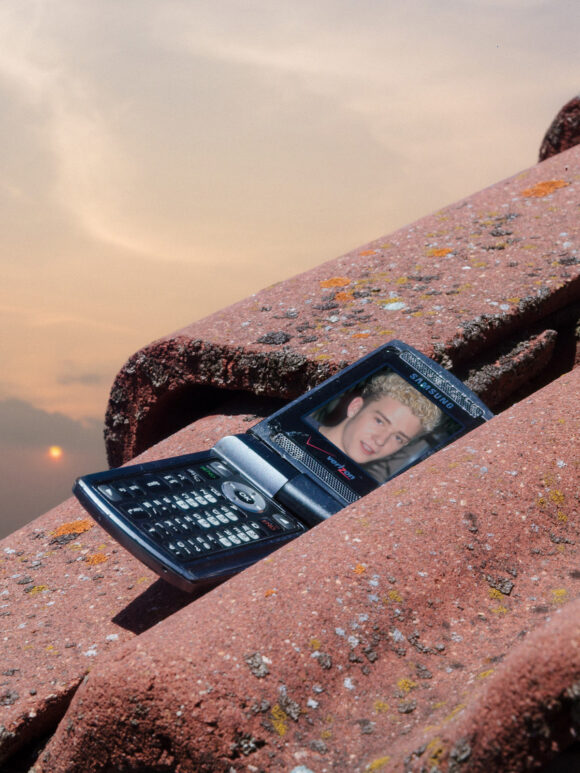
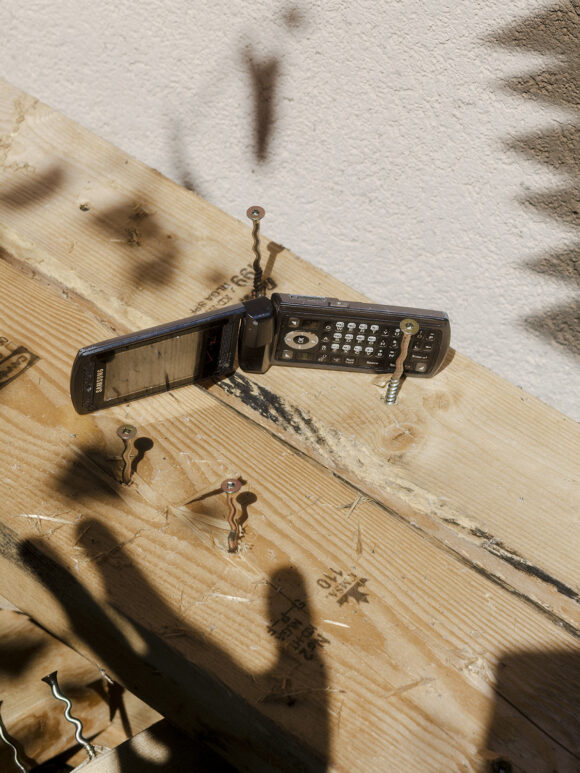

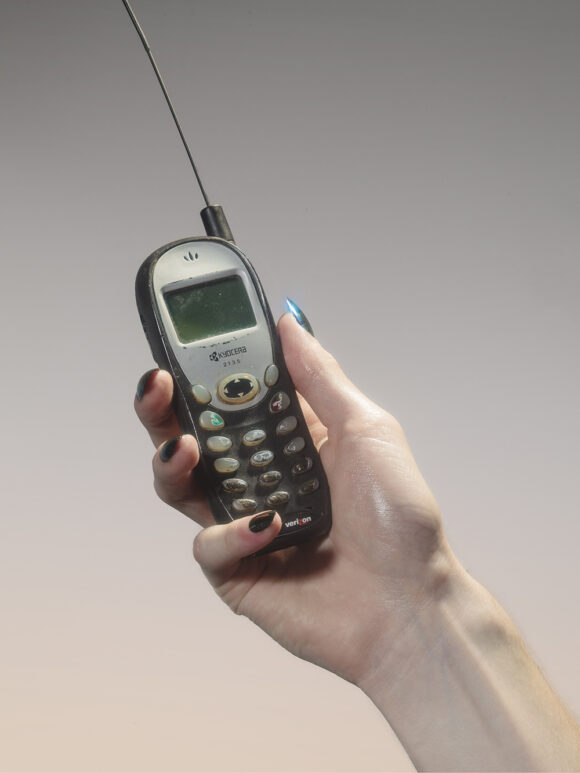
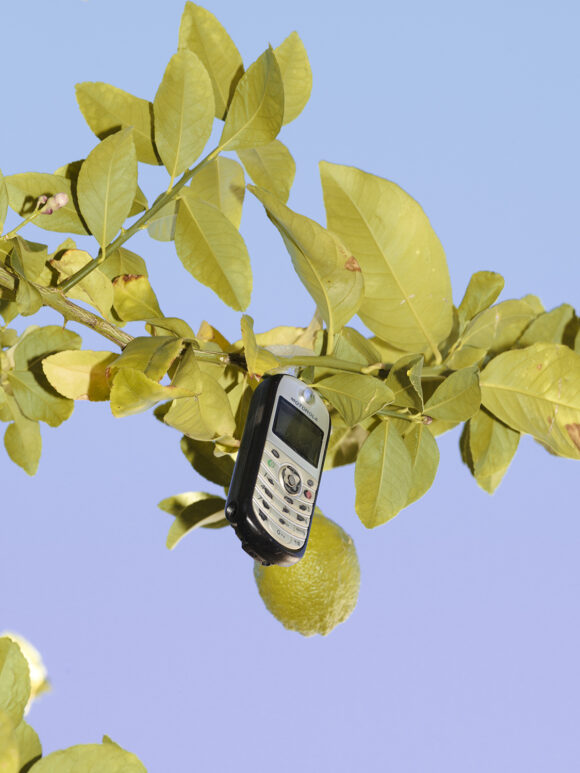
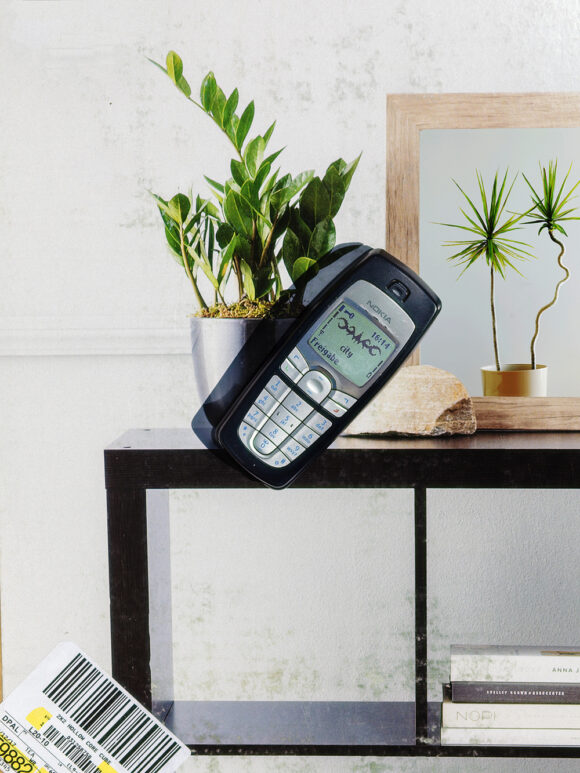
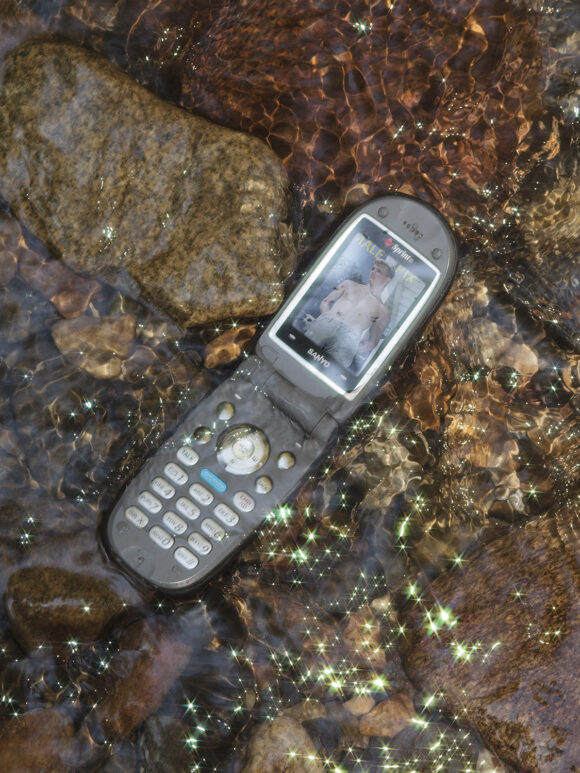
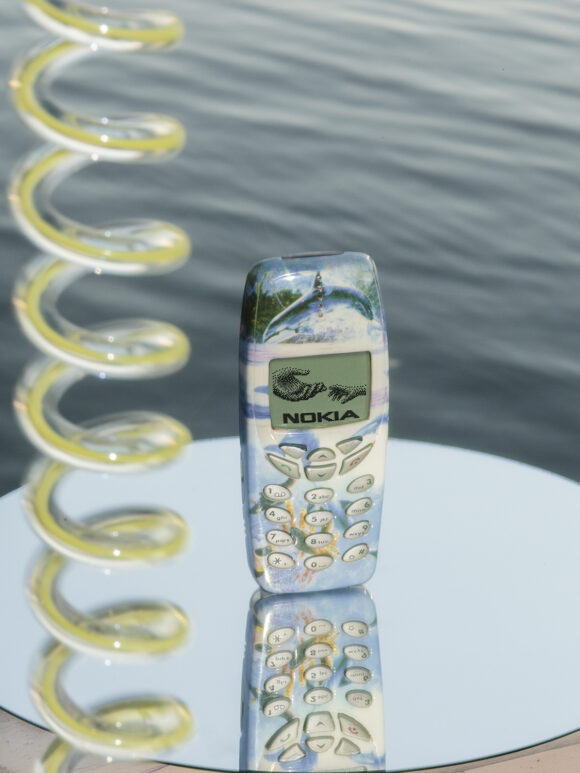
© Ryan Duffin






